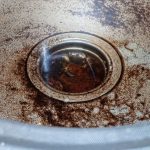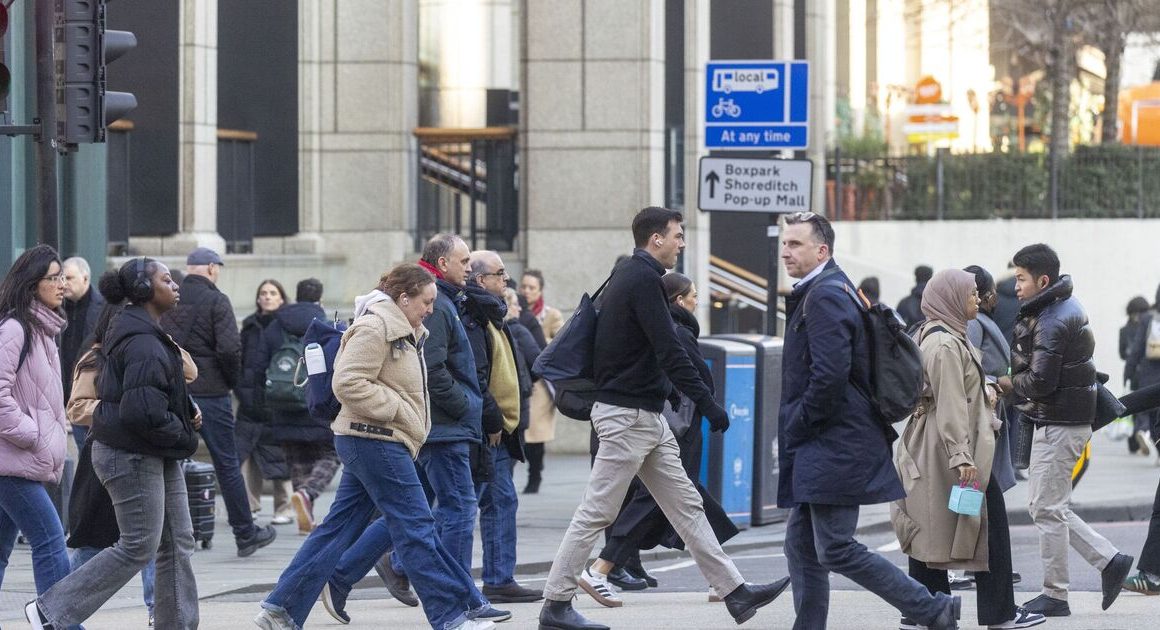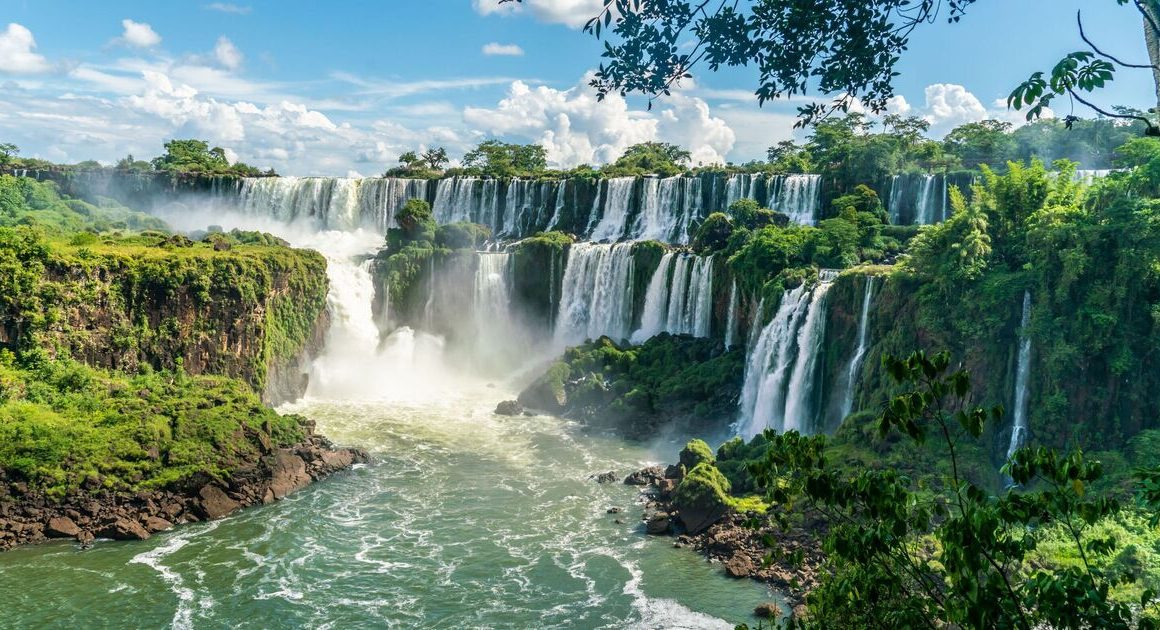The largest of the raging wildfires that have devastated parts of Los Angeles this week was reported to have shifted direction on Saturday, triggering more evacuation orders and posing a new challenge to exhausted firefighters.
Six simultaneous blazes that have ripped across Los Angeles County neighbourhoods since Tuesday have killed at least 11 people and damaged or destroyed more than 10,000 structures. The toll is expected to mount when firefighters are able to conduct house-to-house searches.
The fierce Santa Ana winds that fanned the infernos eased on Friday night. But the Palisades Fire on the city’s western edge was heading in a new direction, prompting another evacuation order as it edged toward the Brentwood neighbourhood and the San Fernando Valley foothills, the Los Angeles Times reported.
“The Palisades fire has got a new significant flare-up on the eastern portion and continues to northeast,” Los Angeles Fire Department Captain Erik Scott told local station KTLA, according to a report on the LA Times website.
The fire, the most destructive in the history of Los Angeles, has razed whole neighbourhoods to the ground, leaving just the smoldering ruins of what had been people’s homes and possessions.
Devastating wildfires continue to burn throughout Los Angeles and southern California. Nearly 10,000 structures have been damaged or destroyed, with more than 180,000 people displaced. Andrew Chang explains how drought conditions and Santa Ana winds contributed to the biggest of the blazes, the Palisades Fire in L.A. County, and why firefighters are struggling to contain it.
Images gathered from Reuters, Getty Images, and The Canadian Press.
Before the latest flare-up, firefighters had reported progress in subduing the Palisades Fire and the Eaton Fire in the foothills east of the metropolis after it burned out of control for days. On Friday night, the Palisades Fire was eight per cent contained and the Eaton Fire three per cent, state agency Cal Fire said.
The two big fires combined had consumed 14,100 hectares, or 141 square kilometres — nearly 2½ times the land area of Manhattan.
Some 153,000 people remained under evacuation orders and another 166,800 faced evacuation warnings, with a 6 p.m. to 6 a.m. curfew in place for all evacuation zones, Los Angeles County Sheriff Robert Luna said.
Seven neighbouring states, the U.S. federal government and Canada have rushed aid to California, bolstering aerial teams dropping water and fire retardant on the flaming hills and crews on the ground attacking fire lines with hand tools and hoses.
Easing wind speeds may increase next week
The U.S. National Weather Service (NWS) said that conditions in the Los Angeles area would improve through the weekend, with sustained winds slowing to about 32 km/h, gusting between 56 km/h and 80 km/h.
“It’s not as gusty, so that should help firefighters,” NWS meteorologist Allison Santorelli said, adding that conditions were still critical with low humidity and dry vegetation.
Cal Fire said there was a chance of strong winds again on Tuesday.
“There will continue to be a high likelihood of critical fire weather conditions through next week,” it said.
On Friday, the U.S. Department of Health and Human Services declared a public health emergency for California due to the thick, toxic smoke.
Homes reduced to ash
Pacific Palisades residents who ventured back to their devastated neighbourhoods on Friday were shocked to find brick chimneys looming over charred waste and burnt-out vehicles as acrid smoke lingered in the air.
“This was a house that was loved,” Kelly Foster, 44, said while combing through the rubble where her house once stood.
A series of images from Google and Reuters show some of the devastation in Los Angeles, where raging wildfires have destroyed at least 10,000 structures. (Photo credit: Google/Reuters)
Foster’s 16-year-old daughter, Ada, said she tried to get inside but “I just became sick. I just couldn’t even … Yeah, it’s hard.”
In Rick McGeagh’s Palisades neighbourhood, only six of 60 homes survived, and all that remained standing at his ranch house was a statue of the Virgin Mary.
“Everything else is ash and rubble,” said McGeagh, 61, a commercial real estate broker who, along with his wife, raised three children at their home.
Francois Auroux recounts the moment he went to check on his neighbours in California and ended up fleeing the Palisades wildfire on bicycle, racing through the flames in a desperate attempt to get back to his family.
On Friday morning, hundreds of people streamed into a parking lot near the Rose Bowl stadium in Pasadena, Calif., for donated clothing, diapers and bottled water.
Denise Doss, 63, said she was anxious to return to her destroyed home in Altadena, Calif., to see if anything was salvageable, but officials stopped her due to safety concerns.
“At least to say goodbye until we can rebuild. I will let God lead me,” Doss said.
Billions in losses
Many Altadena residents said they were worried government resources would go to wealthier areas and that insurers might short-change those who cannot afford to contest denials of fire claims.

Beyond those who lost their homes, tens of thousands remained without power, and millions of people were exposed to poorer air quality, as the fires lofted traces of metals, plastics and other synthetic materials.
Private forecaster AccuWeather estimated the damage and economic loss at $135 billion to $150 billion US, portending an arduous recovery and soaring homeowners’ insurance costs.
Unprecedented wildfires in Los Angeles County are being fuelled by unusually dry weather and hurricane-strength winds, and experts warn the problem isn’t unique to California.
California Insurance Commissioner Ricardo Lara called on insurers on Friday to suspend pending non-renewals and cancellations that homeowners received before the fires began and to extend the grace period for payments.
President Joe Biden has declared the fires a major disaster and said the U.S. government would reimburse 100 per cent of the recovery for the next six months.















